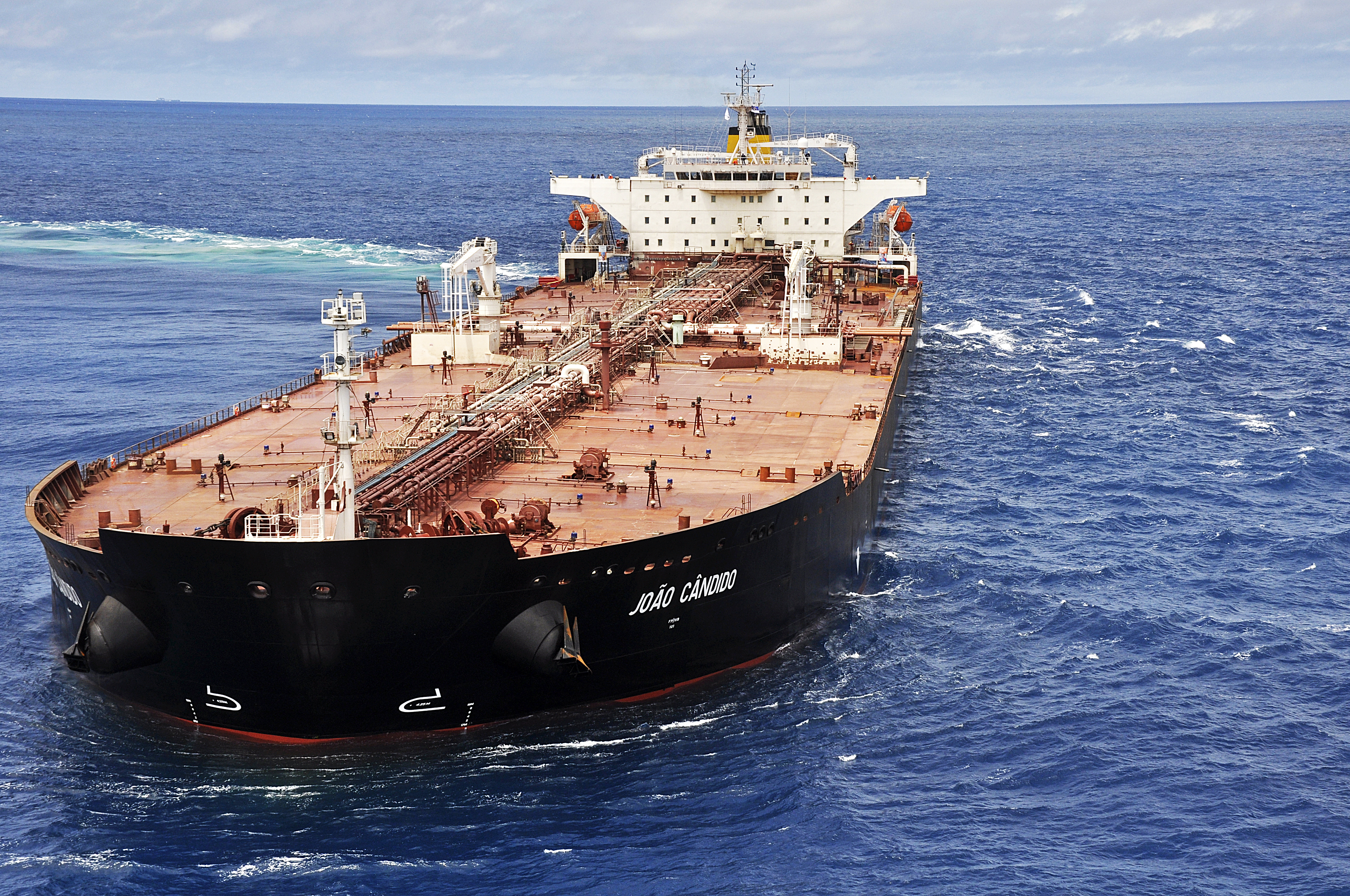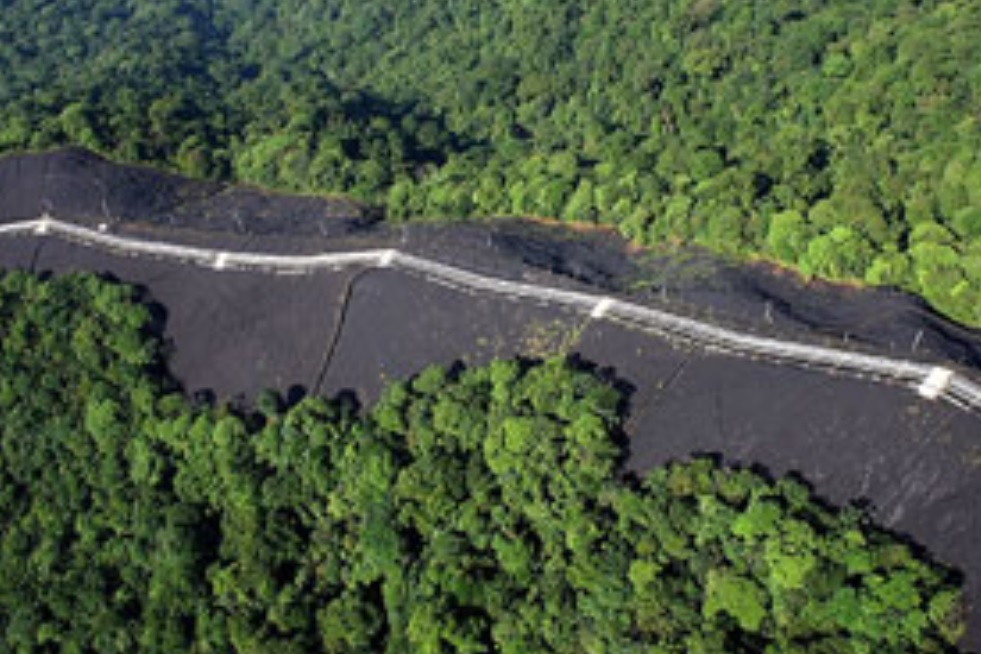Business Areas
We are a Brazilian company with a global role, operating terminals, oil pipelines and gas pipelines in integrated mode, in addition to maritime and land transportation, generating value for our shareholders and other stakeholders.
We handle the energy that contributes for society to reach its potential.
Through our unique technical capability in logistics and transportation, we undertake the storage and handling of oil and its derivatives, natural gas and biofuels, including import and export activities.
We are ready to meet the demands of the market, prioritizing efficient management of our resources, without compromising on competitiveness and safety.
The company, created on 12 June 1998, is currently structured in two business areas; Pipelines and Terminals and Maritime Transportation. Internationally we operated via Transpetro International BV (TIBV). With installations in 17 of 27 states of the union, we are present in all regions of Brazil, in the interior and on the coast. We have accumulated knowledge during this trajectory, continuously investing in the training of our employees. We develop our activities with safety, efficiency and strategic vision.
WHAT WE DO
Transpetro’s operations, geared to transportation, are divided in two main areas: Pipelines and Terminals and Maritime Transportation.
We have 48 terminals (27 waterway and 21 land). The operation of terminals, oil pipelines and gas pipelines is our main business. Count with the experience and safety of the company that operates more than 8.5 thousand kilometers of pipelines in the country.

We have an active fleet of 33 ships. In a country of over 7 thousand kilometers of coastline and over 42 thousand kilometers of navigable rivers, operating with operational excellency is essential.

The oil pipelines are the preferred method to supply both the refineries as well as the with large consumer centers for derivatives.

Transpetro is responsible for the operation and maintenance of 6772 kilometers of gas pipelines in the Southeast and Northeast regions of the country.
Whether by land or sea, the company ensures excellency of the services provided and maintain a continuous search for maximum reliability and safety of its operations and installations.
Our operational centers and our partnerships with universities that contribute to attaining increasingly better results.
Operational Centers: get to know the work developed by our operational centers and our activities geared to monitoring of installations.
Transpetro Academy: the Academy disseminates knowledge via high technology of its simulator and knowhow of the Transpetro professionals, offering customized training and real time and fast time studies to the market.